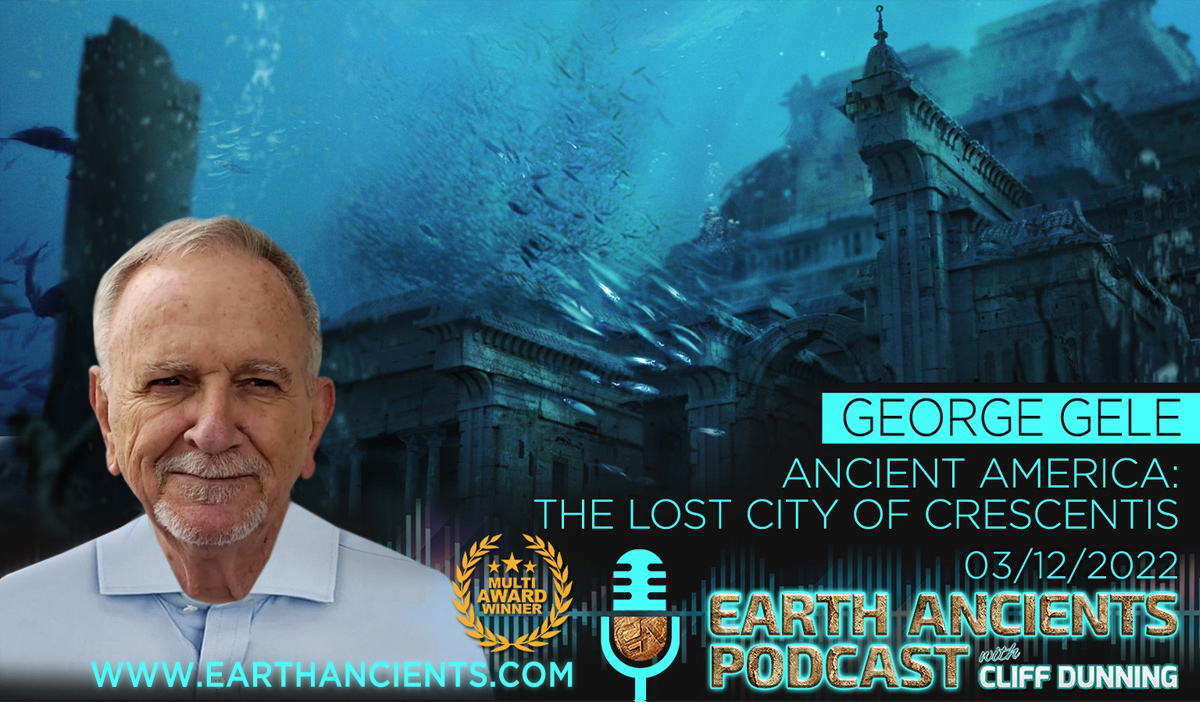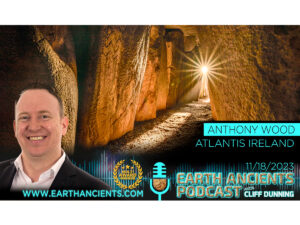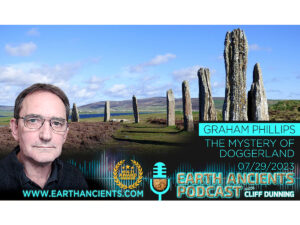George Gele: Ancient America, The Lost City of Crescentis
ST. BERNARD PARISH, La. — An amateur archeologist says he’s discovered the ruins of an ancient civilization off the coast of St. Bernard Parish.
He claims there are large underwater granite mounds near the Chandeleur Islands that may have once been the site of the lost city.
The Chandeleur Islands are a chain of uninhabited barrier islands located in the Gulf of Mexico, 50 miles east of New Orleans.
Twelve thousand years ago, before a dramatic sea-level rise at the end of the last Ice Age, this area may have been dry land.
Retired architect George Gelé believes the site, now underwater was once a major city, predating the Maya, Inca, and Aztec civilizations in Mexico and in Central and South America. He dubbed the city “Crecsentis.”
“What’s down there are hundreds of buildings that are covered with sand and silt and that are geographically related to the Great Pyramid at Giza,” Gelé said.
Giza is a city in northern Egypt where ancient pyramids and the Sphinx are located.
Gelé claims to have found mysterious granite masses under Chandeleur Sound.
Granite is not native to Louisiana or Mississippi.
“Somebody floated a billion stones down the Mississippi River and assembled them outside what would later become New Orleans,” Gelé said.
Gelé has spent nearly 50 years studying the site.
He produced underwater sonar images of what he claims are remnants of major buildings, including a large pyramid.
“Which produces an electromagnetic energy that’s incredible,” Gelé said. “It is apparently 280 feet tall.”
St. Bernard Parish shrimper Ricky Robin says he’s experienced the energy firsthand. He claims the compass on his boat spun completely around near the area where Gelé pinpointed the tip of the pyramid and that’s not all.
“Everything will go out on your boat, all your electronics,” Robin said. “Like as if you were in the Bermuda Triangle. That’s exactly what we got here.”
Robin took Gelé on four excursions to the site.
He said for years local fisherman have talked about catching strange square rocks in their nets near the Chandeleur Islands.
“I thought right away it was pieces of the pyramid because it was right around where that compass spun,” Robin said.
There are other theories about the rocks.
One study by Texas A&M in the late 1980s suggests the masses are from shipwrecks or piles of ballast stones from Spanish or French vessels.
The stones may have been dumped overboard to lighten the weight of ships stuck on sandbars or entering shallower waters enroute to New Orleans.
Gelé said some of the artifacts collected at the site tell a different story.
“This is architecture,” he said pointing to one of the artifacts. “This is not ballast. This is the outer surface, and this is a rain gutter.”
People who believe in the granite mounds claim there is enough evidence that something is out there in the water. But they can’t explain how it got built, by who or why.
“The older people, we’ve seen a lot of things,” Robin said. “There’s a possibility it could be God knows what.”
“All I know is somebody built a city 12,000 years ago and it’s stuck out in Chandeleur,” Gelé said. “Whether or not they had someone on their shoulder who flew in with a UFO, I don’t know. All I know is they left a whole lot of granite rocks out there.”
Gelé has visited the site 44 times.
He hopes future dives, modern sonar technology and satellite imaging will help him unlock some of the secrets now trapped below 300 feet of silt, sand, and water off the coast of St. Bernard Parish.










